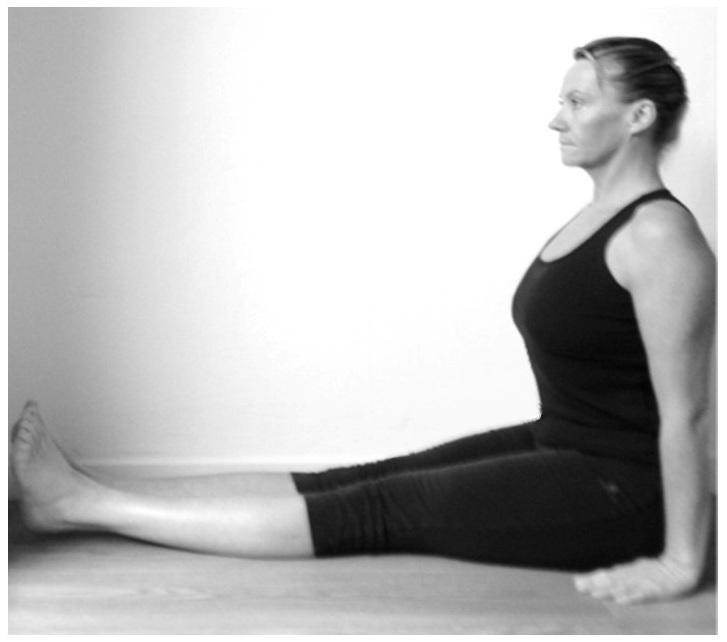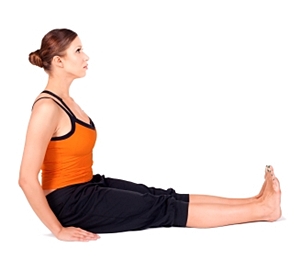The body is a machine designed to work in a specific fashion. It is our responsibility to understand how the body works and what it needs to function optimally. There are ideal lengths for all muscles and the bones are meant to be aligned in particular ways. Though the information is all there for us to glean what we need to create the body that we want, it isn’t always so easy to make the necessary changes. And any change we do make needs time to take hold and become a new pattern. If you have been carrying a certain pattern around for years, changing that should and would take time.
There are certain limitations that people bring into the yoga room that will hinder the work they are trying to accomplish. It doesn’t mean that these people can’t get where they want to go but it is harder for some than others.
The hamstrings go a long way to determining our bodies ability to be aligned in a relaxed and comfortable way. And it is very important to understand that posture should be comfortable and relaxed. You don’t want to work to stand up straight; you just want to stand up straight because your muscles and bones allow for it.
Dandasana, or staff pose, is an excellent way to measure the effective length of your hamstrings. The quadriceps is the big muscles group on the front of the thigh and the hamstrings are the muscle group at the back of the thigh. They work in opposition to each other – for one muscle to shorten the other muscle must lengthen, and vice versa.
I think that most people have poor posture that involves tucking the pelvis under and throwing off the relationship between the quadriceps and the hamstrings. As a result our hamstrings tend to get tight and our quadriceps gets over worked and over stretched (a troubling combination).
One of my main tenets is that the bones hold us up and the muscles move us. Though there are a number of muscles involved in holding us up, most importantly the psoas, we should be able to live with our bones stacked and the muscles relaxed.
Sitting in dandasana your quadriceps should be completely relaxed. If you are able to extend the hamstrings enough to get to the top of the sit bones of the pelvis, your lower back will be in its natural curve which is what supports the extension of the spine, and the quadriceps will be able to relax because your bones stack successfully above the hips (This is what you see in the picture on the left).
If the hamstrings can’t extend the way we want them to the pelvis is maintained is a slight tuck which forces us out of the lumbar curve (picture on the right). As soon as this happens muscles must begin to assist in maintaining the upright position of the body and the quadriceps turn on by default.
Sit in dandasana and check out what your quadriceps are doing. Don’t worry if you can’t relax them. It is all part of the journey—but it is important to know the direction that you want take your body in as you seek to create a new you.
***


